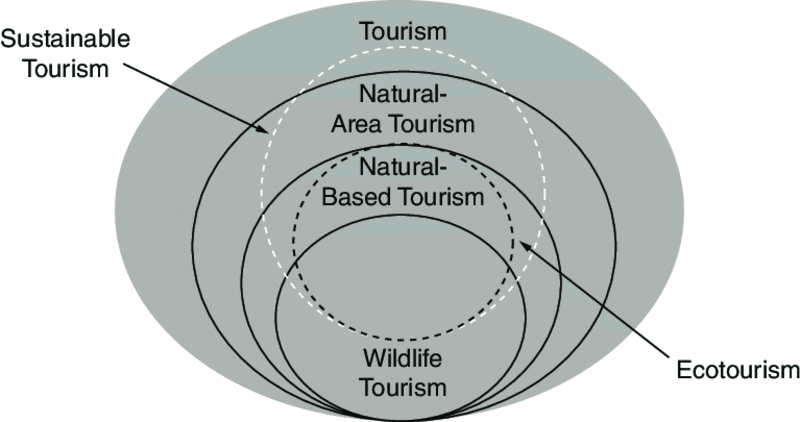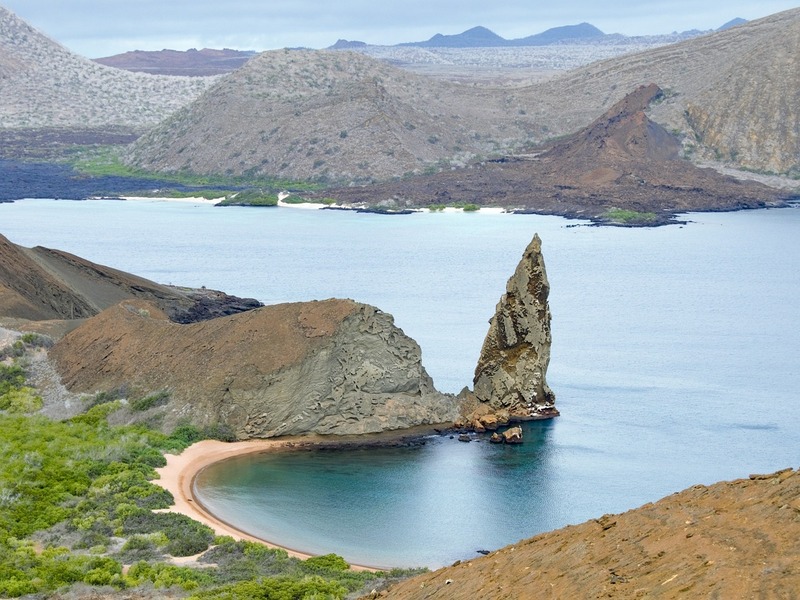Published 1 September 2023 ● Last Updated on 4 September 2023
My journey to unravel the world began in the year 2014, when I traveled 2500 kilometers to this beautiful picturesque Majuli River island in north-eastern India. Filled with crystal-clear water and snowy fog, the beauty of this island was indeed breathtaking, but as I wandered through the crowd and witnessed heaps of dirt and plastics around, I realized that my presence, along with the other tourists, was taking an immense toll on the environment, disturbing its fragile ecosystem.

This first experience as a solo traveler definitely sparked a turning point in my travels as I began to question the sustainability of my choices and sought to educate myself about the impact of tourism on local communities and the environment. The deeper I dug into the world of conscious travel, the more my eyes struck two phrases: ‘sustainable tourism’ and ‘eco-tourism’. Often used as buzzwords focused on minimizing the negative impacts of tourism on the environment and promoting responsible travel, they are not the synonyms I thought them to be.
Yes, you read that right – DIFFERENT!

Sustainable Tourism – A holistic approach
Sustainable tourism, from what I understand, aims to meet the needs of tourists and host communities without disturbing the delicate balance between the three pillars: economic, social, and environmental. It’s a holistic approach to ensure long-term viability by preserving and enhancing the same travel opportunities for future generations without any damage to the environment and local bodies. For instance, Amsterdam, Netherlands promotes cycling as a primary mode of transportation, offers efficient public transportation, and focuses on reducing waste through recycling and waste-to-energy facilities to provide a cleaner environment.
Deep diving into the world of sustainable tourism, a few aspects include :
- Checking-in into eco-friendly lodges, green hotels, or eco-resorts that are designed to minimize their pollution and waste. One gets to stay in pristine natural environments such as the woods, islands and mountains. Think of a beach holiday as you leave no trace in Yellowstone National Park.
- Ethical and responsible wildlife viewing through activities like bird watching, guided wildlife safaris where the animals can be observed from their natural habitats without any disruptions. An example would be walking through Singapore’s mangroves, with a certified guide armed with nothing but cameras and binoculars.
- Preserving, supporting, and respecting local conservation efforts. Rings a bell? Several Thai jungle safari wildlife conservation efforts include sustainable safari lodges and community-based tourism initiatives that provide economic benefits to local communities while protecting the wildlife habitats.
- What’s traveling without fun and adventurous activities? Sustainable tourism offers eco-friendly adventurous activities like hiking, kayaking, snorkeling, or diving without damaging the fragile ecosystem. To experience it close to home – try barefoot luxury at Nikoi, a south-east Asian island which involves local residents in running the award-winning resort.

My interaction with various indigenous communities in north eastern India taught me the importance of walking, using carbon-friendly travel options like public and local transportation or bicycles, even responsible waste management. The last is not merely disposal into dustbins but various techniques including recycling, composting, and reducing single-use plastic.
Extremely motivated by my new addiction of traveling with a purpose, I started seeking out lesser-known destinations, connecting with local tour operators, sustainable travel organizations and committees such as Global Sustainable Tourism Council (GSTC), a worldwide initiative that establishes and manages global standards for sustainable travel and tourism The GSTC criteria are used in various aspects of industry such as hotels, tourist operators, destinations and events. These encounters provided me with unique experiences that weren’t on the typical tourist radar. I discovered hidden gems tucked away from the bustling crowds, where I could immerse myself into the authentic culture of the places I visited.

Ecotourism: Connecting with the Nature directly and responsibly
Moving on to a slightly different concept: Ecotourism, a type of travel where the main motivation is to experience natural environs and/or traditional cultures in natural areas. Ecotourism has been gaining immense popularity since the 1980s, growing by 10% annually. The reason behind this is that urban dwellers like you and I, living in concrete jungles far from nature, are gasping for every opportunity to disappear from the trappings of modern civilization.
As a reference, Bhutan has embraced a unique approach to tourism known as “high-value, low-impact tourism,” where visitors must pay a daily fee that covers accommodations, meals, and a sustainable tourism royalty, which funds free education, healthcare, and poverty alleviation for local communities.
Taking a cue from Bhutan’s approach towards preserving their ecosystem, it’s quite evident that eco-tourism involves:
- Nature ‘Conservation in Action’ – With every conscious and responsible visit to these places, tourists can generate revenue that directly supports conservation efforts. The financial incentive encourages locals to contribute better to conserving their natural resources and wildlife.
- Going beyond sightseeing – The experiences of ecotourism go beyond just sightseeing, as they often include awareness programs about environmental challenges and wildlife conservation; there is a focus on peaceful, and even mutually beneficial coexistence with our living planet. Tourists generally return as ambassadors for the planet and as advocates for positive change, as I did.
- Involvement with the indigenous communities – The locals act as stakeholders in preserving their surroundings, as they understand the value of their natural heritage and benefit financially from responsible tourism.
By embracing ecotourism, I discovered that traveling with a purpose not only enriches our personal experiences but also contributes to the preservation of the Earth’s natural and cultural heritage. The memories and insights gained from these journeys have shaped my perspective on travel, encouraging me to become an advocate of our Mother Nature.
Sounds interesting? If you also wish to embark on transformative and purposeful journeys that are good not only for you but also for the planet, then you’ll find it hard to resist the appeal of Galapagos Islands. There are strict regulations in place to limit visitor numbers, control activities, and protect the unique wildlife and ecosystems of the islands.

Different though they are, sustainable tourism and eco-tourism are not mutually exclusive. The concepts left me with an understanding of how I could enrich my own traveling experience by interlacing the two – traveling more sustainably when visiting natural hotspots, and adding natural wonder to my itinerary when visiting urban hubs!
What is your next travel destination? Do drop the names in the comments box, and tell us what you plan to explore there!
Related links:
Wildlife tourism | 6 Warning signs to watch out for on a safari
EcoTravel | Tips to make sustainable choices when you travel



0 Comments